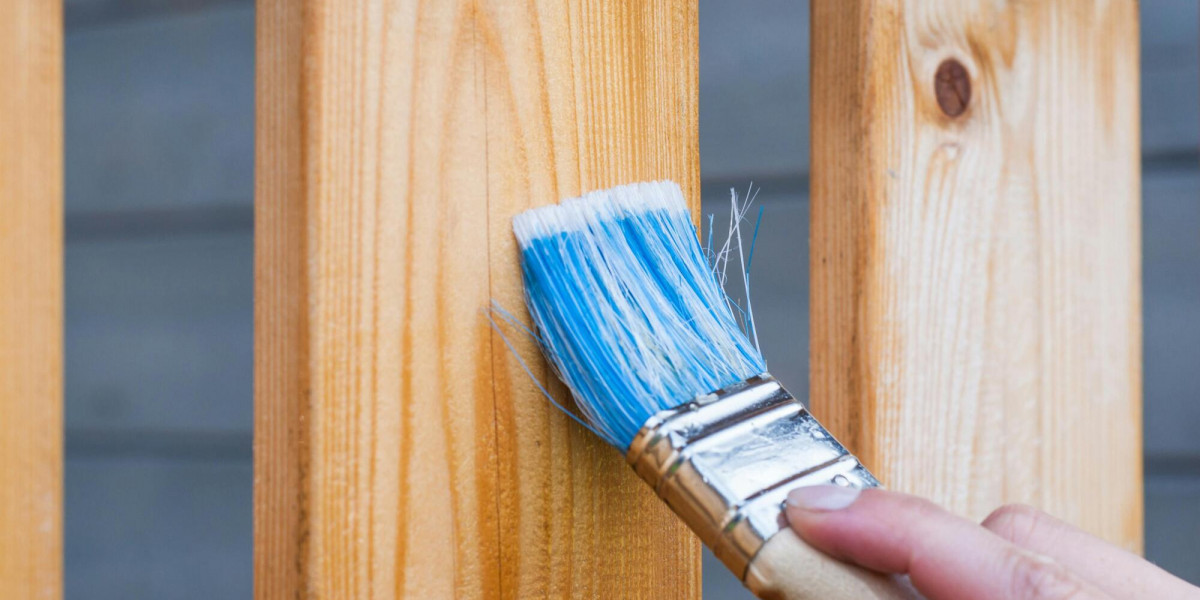Explore the Best Ways to Protect and Enhance Your Fence
If you’ve just installed a wood fence, congratulations! A wood fence adds timeless charm and character to any yard. But let’s talk about the next step: finishing it. Whether you’ve worked with a professional fence builder in Saint Charles, MO or tackled the project yourself, finishing your wood fence is key to keeping it looking great for years to come.
Don’t forget, partnering with a reliable fence service can make all the difference when it comes to maintaining and protecting your investment.
The weather, insects, and time itself can all take a toll on wood, but the right finish can slow that process down. Should you go with paint or stain? Each has its pros and cons, and we’re here to help you decide.
Painting a Wood Fence
Painting is a classic choice that lets you add a splash of color to your yard. It’s perfect if you want your fence to match your home’s trim or stand out as a bold statement piece. Plus, paint provides a thicker barrier against the elements, which sounds great—until you consider the drawbacks.
Why Painting Isn’t Always the Best Option
- Labor-Intensive: Painting requires a lot of prep work. Cleaning, scraping, and sanding can take up a lot of time and energy.
- Shallow Protection: Wood doesn’t absorb paint deeply, which means the protection isn’t as durable.
- Cedar Concerns: Cedar wood doesn’t play nice with paint. The paint can trap moisture, preventing the wood from breathing and shortening the lifespan of your fence.
- Chipping and Peeling: Over time, paint starts to chip and peel, leaving your fence looking worse for wear.
Tips for Painting Your Fence
- Use a latex primer first to seal the wood and protect it from moisture.
- Choose high-quality exterior paint with UV inhibitors to keep your fence looking fresh longer.
Staining a Wood Fence
Staining is another excellent option, especially if you want to showcase the natural beauty of the wood. Unlike paint, stain penetrates deeply, offering better protection against moisture and UV rays. Staining enhances the wood grain, giving your fence a more natural and rustic look.
The Drawbacks of Staining
- Not Maintenance-Free: Stain will fade over time and needs reapplication every few years.
- Messy Process: Staining can get messy if you’re not careful. Proper tools and techniques are a must.
- Drying Time: Newly installed fences need about five weeks to dry out before you can stain them.
Tips for Staining Your Fence
- Different stains work differently. Semi-transparent stains highlight the wood grain, while semi-solid and solid stains offer more pigment and durability.
- Try testing your stain on a scrap piece of wood to confirm that the color and absorption align with your expectations.
Why Finishing Your Wood Fence Matters
Whether you choose painting or staining, the goal is the same: to protect your investment and keep your fence looking beautiful. The decision often comes down to personal preference and the specific needs of your fence. If you’re still unsure, consider consulting a trusted fence builder Saint Charles MO for professional advice.
Remember, a wood fence isn’t just a boundary; it’s part of your home’s personality. Choosing the right finish will make sure it stays that way for years to come.
Faster Fence – Your Local Experts in Saint Charles, MO
At Faster Fence, we know there’s more to fences than meets the eye. From the latest techniques to industry insights, we’re here to help you make informed decisions. Whether you’re planning a new fence project or just need advice, our team of experts is ready to assist.
Start your fencing journey with us today and let’s build something that lasts!










